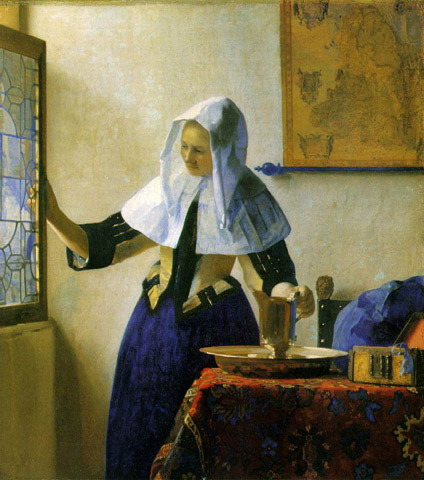
Beads have been significant in almost every culture and they have been worn as talismans and amulets to protect the wearer or to bring good fortune and wisdom. In the past beads have also been used as currency. Today beads are still used as amulets to bring wisdom and good luck and as talismans to protect the wearer from ill fate.
The word bead means to pray (bidden) or prayer (bede) and is an Anglo Saxon word. Prayer beads are known worldwide and are used to keep track of the sequence and number of prayers being recited. Worry beads are also common around the world and are used to assist in making decisions and keeping the hands busy during times of uncertainty.
Women from around the world have been crafting beads for centuries and for some cultures beads have been used as a form of communication by utilizing specific colors and shapes to send messages. The Zulu women of Africa have been practicing this form of communication for eons.
In our contemporary times most of the traditional symbols used in beadwork are predominately made for sale rather than personal use. Traditional techniques and designs are still being used in bead craft, but many women throughout the world make beads as a means for survival to support themselves and their families.
Wearing beads is a wonderful way of celebrating yourself or honoring a rite of passage into womanhood, motherhood, or cronehood. Beads can also be worn to acknowledge other life-transforming experiences and for their beauty alone.
To see a Kirra Multi Row Jace Bracelet click on image:












